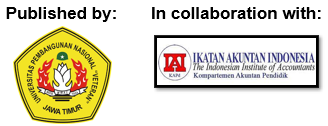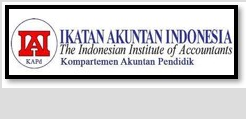Becoming a Cashless Society: The Role of QRIS from the Z-Generation Student's Perspective
DOI:
https://doi.org/10.33005/jasf.v6i1.404Keywords:
Cashless Society, QRIS, UTAUT, Z-generation studentsAbstract
Along with the development of QRIS in Indonesia and Bank Indonesia's efforts to expand the use of QRIS internationally, Z-generation students are faced with the dynamics of financial transaction options towards a cashless society. This study aims to prove the factors that influence the use of QRIS to become a cashless society from the perspective of Z-generation students. The analysis was carried out in-depth based on the UTAUT theory. This study uses primary data by distributing questionnaires to Z-generation students at two universities in Samarinda. A total of 273 data were processed with SmartPLS. Findings show that Z-generation students accept QRIS as a leader in changing the payment paradigm, with high usage intentions driven by effectiveness and efficiency in daily financial transactions. Social influence from peers and family has also been shown to play a key role in shaping attitudes and behavior in using QRIS. Nevertheless, interesting findings imply that supporting factors, such as facilitating conditions, do not always play a dominant role in influencing Z-generation students' decisions to switch to cashless. The implication is that even though QRIS has great potential to form a cashless society, a holistic approach that considers social and psychological factors is crucial. This study suggests that future research involves a broader and more diverse sample that may provide more holistic insights and generalization.














